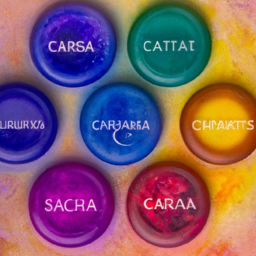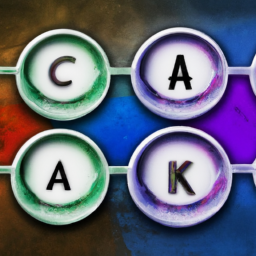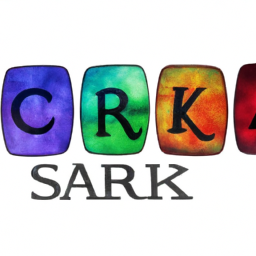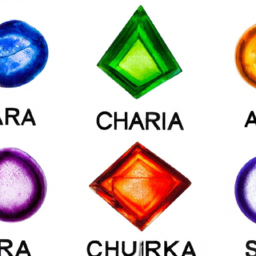
Chakras are an integral part of many Eastern spiritual traditions, particularly Hinduism and Buddhism. These energy centers are believed to be located throughout the body, and serve as channels for the flow of life force, also known as prana or chi. The concept of chakras has gained popularity in Western culture in recent years, with the rise of practices such as yoga and meditation. But what is the history behind these spiritual energy centers?
Ancient Origins
The first known references to chakras can be traced back to ancient Hindu texts, specifically the Vedas and Upanishads. These texts describe the chakras as swirling wheels of energy, each with its own unique color and vibration. It is believed that there are seven main chakras, starting from the base of the spine and moving up to the crown of the head.
According to Hindu mythology, the chakras were created by Lord Shiva, the Hindu god of destruction and transformation. It is said that Shiva activated the chakras within himself, which allowed him to become the supreme consciousness.
The Influence of Yoga and Tantra
Yoga and Tantra, two spiritual practices which originated in India, have had a significant influence on the concept of chakras. In the ancient practice of yoga, the chakras are seen as gateways to higher consciousness and spiritual enlightenment. By focusing on these energy centers through yoga poses and breath work, one can balance and align the chakras for optimal physical and emotional well-being.
In Tantra, the chakras are a key component in the understanding and experience of one’s own energy and the energy of the universe. Tantra teaches that each chakra is associated with different elements, emotions, and spiritual qualities. Balancing the chakras is seen as an important step in achieving a blissful state of being.
The Journey to the West
The concept of chakras gained more visibility in the West during the 19th century with the spread of Theosophy, a spiritual movement that blended Eastern and Western beliefs. Theosophists believed that the chakras were essential components in achieving spiritual evolution and knowledge.
However, it wasn’t until the 1960s that the concept of chakras became more mainstream in the West. This was largely due to the influence of the New Age movement, which embraced alternative spiritual beliefs and practices. The term “chakra” was also used in Western psychology by Carl Jung, who saw them as symbols of psychological states.
Modern-Day Understanding
Today, the concept of chakras is widely recognized and practiced in the West. It has become a part of popular culture, with chakra healing and balancing techniques being widely accessible through books, workshops, and online resources.
Modern science has also started to acknowledge the existence of chakras, although it is not yet fully understood or accepted. Studies have shown that certain areas of the body have a higher concentration of nerves and blood vessels, validating the belief that these are important energy centers.
In Conclusion
The history of chakras is a journey that spans thousands of years, from ancient Hindu texts to modern-day practices. Whether you believe in the existence of chakras or not, there is no denying the impact that they have had on the spiritual landscape of the world. These energy centers continue to fascinate and intrigue people, serving as a pathway to greater self-awareness and understanding.
So the next time you hear someone talking about chakras, remember the rich history and tradition behind these spiritual energy centers. And perhaps, take a moment to explore and discover your own chakras, and the role they play in your physical, emotional, and spiritual well-being.





Interesting post!
AwesomeResearch: Would love to read more!
Great question! This long-standing tradition of understanding the body’s energy centres and using them for well-being is fascinating!